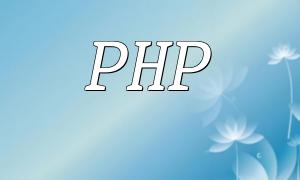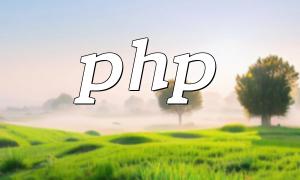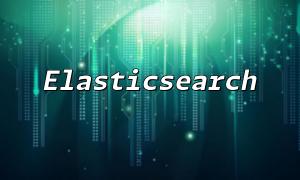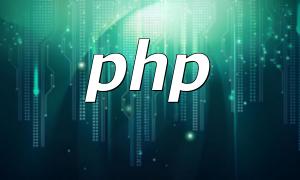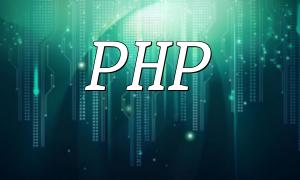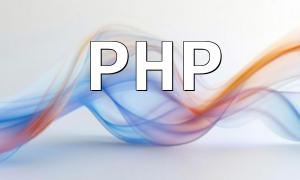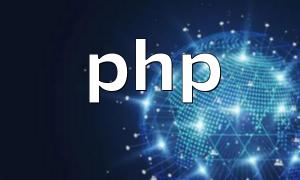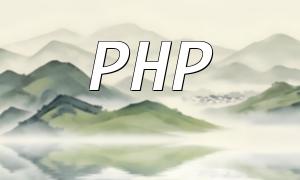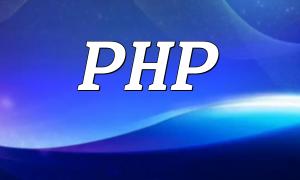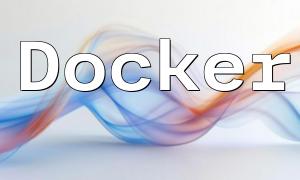Integrating Event-Driven Architecture (EDA) with PHP frameworks allows developers to handle asynchronous tasks through event-based communication, enhancing scalability, modular decoupling, and responsiveness. Popular PHP frameworks like Laravel, Symfony, and Zend Framework provide built-in event dispatchers and message queue systems, making it easy to implement event-driven logic.
Event-Driven Architecture (EDA) is a design pattern based on event communication, ideal for handling high-concurrency and asynchronous scenarios. By using event publishing and subscription mechanisms, EDA helps systems coordinate various components efficiently while maintaining flexibility.
Modern PHP frameworks generally support event mechanisms. Through event dispatchers and message queues, developers can define event listeners that handle specific system events. This allows functionality to be extended or modified without altering the core application logic.
Consider an e-commerce system where a user places an order. The system must:
Using EDA, these operations can be registered as event listeners, triggered asynchronously when the order is placed:
$dispatcher->addListener('order.placed', function ($event) {
// Store order in the database
});
$dispatcher->addListener('order.placed', function ($event) {
// Send order confirmation email
});
$dispatcher->addListener('order.placed', function ($event) {
// Send order details to the warehouse
});When the order.placed event is triggered, all registered listeners execute automatically. This asynchronous and decoupled approach improves system performance and responsiveness.
Several frameworks and components in the PHP ecosystem support event-driven development:
Combining EDA with PHP frameworks provides significant benefits:
Event-Driven Architecture brings a modern, high-performance approach to PHP development, promoting scalability, maintainability, and efficiency—particularly valuable in microservice and asynchronous processing environments.
